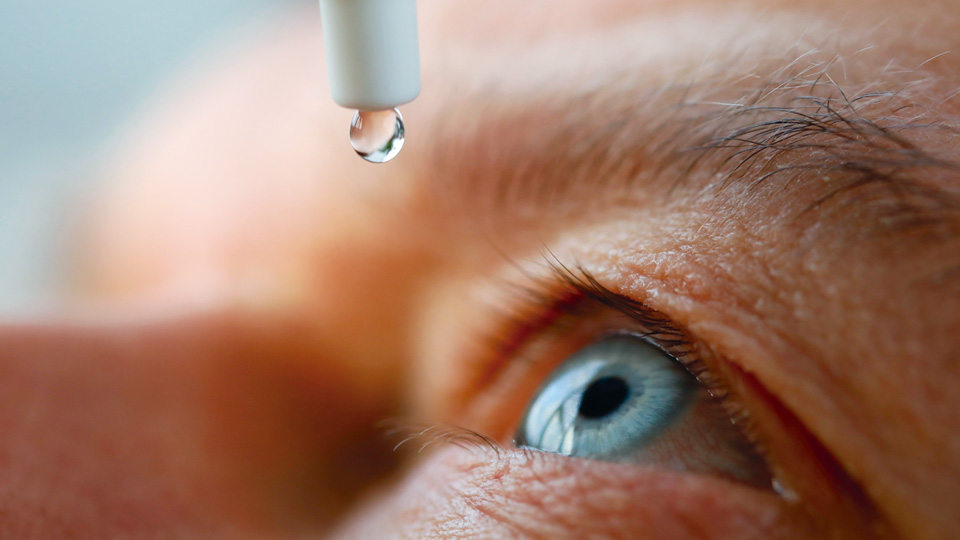Vitreoretinal complications in high myopia
09/01/2026

23/02/2024
Dry eye, also called tear dysfunction, encompasses pathologies where there is a shortage of tear quantity and/or deterioration in its quality, producing inflammation of the surface of the eye. It is a chronic pathology that has no definitive cure.
The tear film consists of 3 layers; the lipid layer produced by the meibomian glands located in the eyelids, the aqueous layer produced by the main tear glands and the mucin layer produced by the cells on the surface of the eye. There are 3 main types of dry eye:
Although dry eye has no definitive cure, treatment has two objectives: to avoid and cure possible injuries to the surface of the eye caused by dryness and to alleviate the patient's symptoms.
If the glands are affected and the patient presents symptoms despite conventional treatment, regulated intense pulsed light therapy is recommended to stimulate the proper functioning of the Meibomian glands.